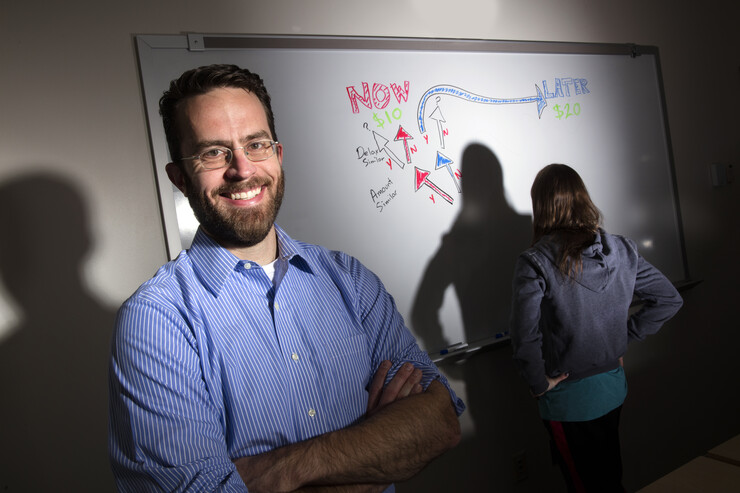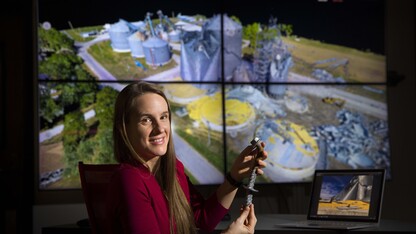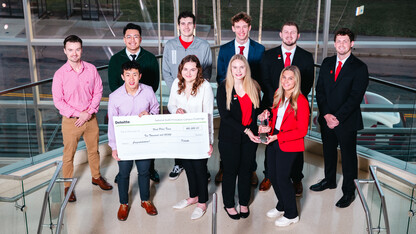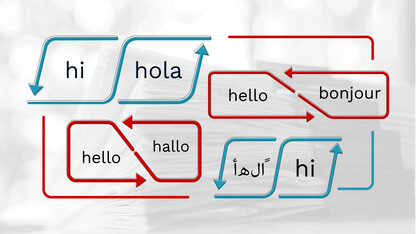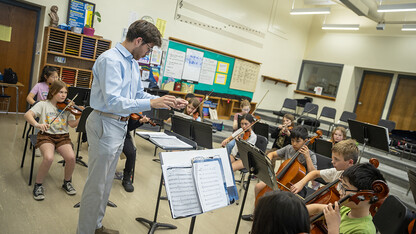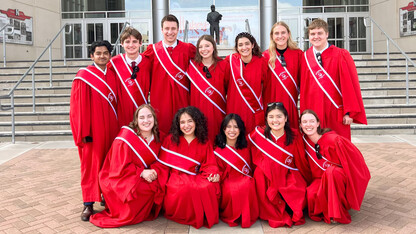· 3 min read
Now or later? Researcher applies unique method to predict our choices
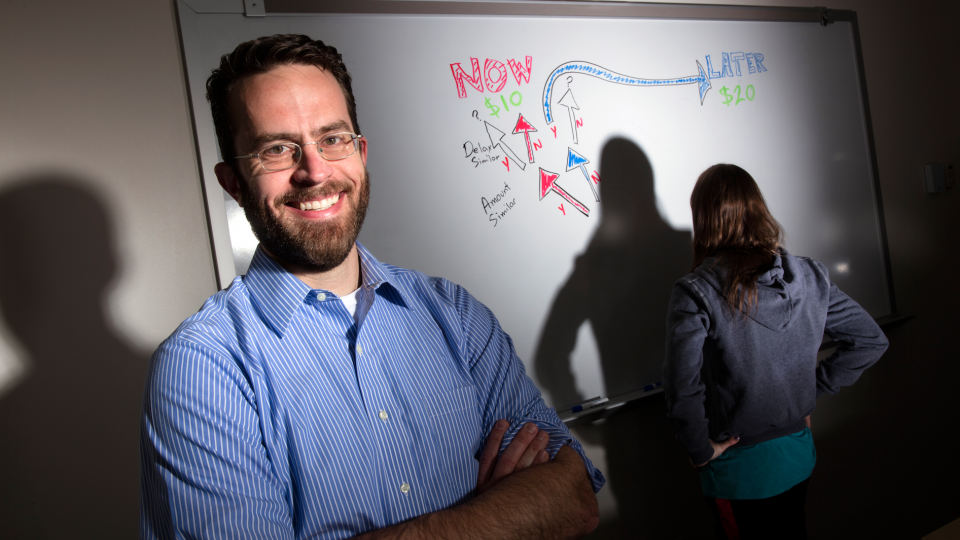
We constantly make personal choices that weigh costs and benefits over time: Would you like a burger and fries for lunch today or a smaller waist next week? Should you spend your money on a lavish vacation or make sure your future retirement is well funded?
The common assumption is that people discount or devalue outcomes based on how delayed their gratification may be. That’s called the discounting model – and for decades, economists and psychologists have used it to explain and predict peoples’ decisions. The issue is, it’s not always the best predictor.
A study by University of Nebraska-Lincoln psychologist Jeffrey Stevens reveals a new way to predict decision making when it comes to weighing one’s delayed gratification. The key element, according to Stevens’ research, is similarity – would you take $8 today or wait two weeks for $10? Given the nearly indistinguishable resemblance of the two amounts of money, most people would take the $8 right away.
That’s called the similarity model – and Stevens’ study is the first to quantitatively show its effectiveness against other approaches to understand how humans make intertemporal choices, or decisions over time.
“The discounting models are mathematical models that describe behavioral outcomes but mostly ignore cognition and the reality of the decision makers,” Stevens said. “The similarity model is a completely different kind of model that has a little more to say about the actual cognitive process of decision making.”
In the study, the similarity model predicted decision outcomes by as much as 20 percentage points better than the discounting model. In one experiment, where questions included amounts between $1 and $20, given in periods of one to three months, the similarity models had an 86 percent correct prediction rate, while the discounting model only had a 65 percent correct prediction rate.
Why is this important? Because discounting models are everywhere in our daily lives and culture – they turn up in everything from banking to the stock market to retirement planning to health care choices to our personal diet plans, he said. Having a clear and convincing model that can predict decision-making can have a direct impact on people’s lives. The model can be effectively used to inform interventions as well as guide peoples’ decisions in a range of environments.
“We make intertemporal choices all the time. Do I eat the piece of cake that gives me immediate gratification in terms of taste but has a long-term health cost vs. the healthy apple that isn’t as tasty but has longer-term health benefits? Or, do I put this money away for retirement now or do I spend it on a TV?” he said.
“If we know why people are choosing the cake over the apple, maybe that can help us find a way to get them to choose the apple more. If you don’t know how people are making decisions, then you don’t know where to target interventions.”
Stevens, an assistant professor of psychology who works in UNL’s Center for Brain, Biology and Behavior is expanding this research to examine how decision-making is affected by additional factors such as gender and income level.
The current study, “Intertemporal Similarity: Discounting as a Last Resort,” was published in the January issue of Behavioral Decision Making.
